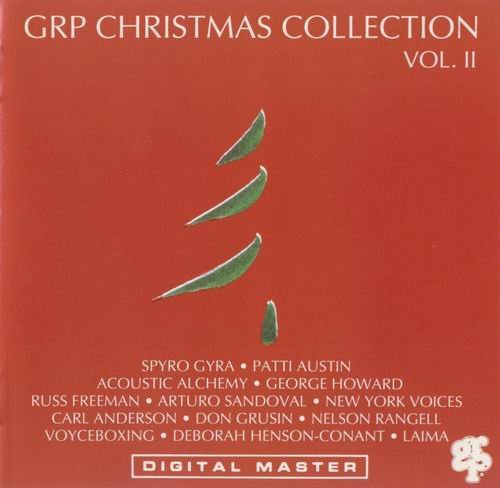Mieczyslaw Horszowski - Mozart: Piano Concertos, Vol. 1 (1994)

Artist: Mieczyslaw Horszowski
Title: Mozart: Piano Concertos, Vol. 1
Year Of Release: 1994
Label: Pearl
Genre: Classical
Quality: FLAC (image+.cue,log,scans)
Total Time: 02:27:59
Total Size: 455 Mb
WebSite: Album Preview
Tracklist: Title: Mozart: Piano Concertos, Vol. 1
Year Of Release: 1994
Label: Pearl
Genre: Classical
Quality: FLAC (image+.cue,log,scans)
Total Time: 02:27:59
Total Size: 455 Mb
WebSite: Album Preview
CD1
Concerto No. 9 In E Flat, K271
1-1 I. Allegro 10:09
1-2 II. Andantino 13:03
1-3 III. Rondo 10:09
Sonata In C, K545
1-4 I. Allegro 3:51
1-5 II. Andante 5:47
1-6 III. Rondo 1:07
Concerto No. 12 In A, K414
1-7 I. Allegro 10:06
1-8 II. Andante 9:01
1-9 III. Allegretto 6:32
CD2
Concerto No. 13 In C, K415
2-1 I. Allegro 10:25
2-2 II. Andante 7:57
2-3 III. Allegro 7:53
Concerto No. 14 In E Flat, K449
2-4 I. Allegro Vivace 8:37
2-5 II. Andantino 7:43
2-6 III. Allegro Ma Non Troppo 6:07
Concerto No. 19 In F, K459
2-7 I. Allegro 12:03
2-8 II. Allegretto 7:22
2-9 III. Allegro Assai 7:29
Performers:
Mieczyslaw Horszowski (piano)
Musica Aeterna Orchestra
Frederic Waldman (conductor)
We are accustomed to looking to Pearl for gems from the past, and these transfers from previously unpublished live recordings of the 70-year-old Horszowski's Mozart, complete with crackles, muffed notes and coughing fits aplenty, do indeed sound as if they come from the dark backward and abysm of time. They date, in fact, only from 1962-72: near contemporaries of Barenboim's Mozart concertos with the English Chamber Orchestra. These performances, though, were taken from radio tapes and from a disc-cutting machine fed directly by the microphones in the Metropolitan Museum of Art where this concert series was held. They are alive with all the spontaneous enthusiasm of music-making which involved no record companies, no editing and no public relations.
Frederick Waldman conducts a lively band of players from whom he draws vital rhythms, stylish phrasing and clear, bouncy ensemble playing. The justness of his tempos uncovers the inner character of a movement: a jaunty true Allegretto for K414, a sense of majesty and deliberation for K415, and a gambolling final Allegro whose ma non troppo actually makes it spring higher than a faster reading would, and gives ample space for each brightly characterized rondo episode.
Horszowski delineates this character with genial, firm-fingered articulation. In the slow movement of K271 he takes meticulous care to sing his way through every trill and appoggiatura; in the parallel movement of K414 he bows and plucks with his left-hand as if accompanying a voice. At times his desire to make a phrase speak leads to some idiosyncratic pointing: the Sonata semplice, K545, for instance, is far from that.
But this is first and foremost chamber music-making: listen to Horszowski's teasing of the oboe and horn soloists in the first movement of K271, or his vigorous interplay with the audaciously characterful wind soloists of K459's central movement. This is robustly individual Mozart playing born long before Bilson, Perahia or Uchida had started their explorations, and following devotedly in the footsteps of players such as Edwin Fischer, Artur Schnabel—and even before that Busoni, whose Mozart playing Horszowski idolized.'
Frederick Waldman conducts a lively band of players from whom he draws vital rhythms, stylish phrasing and clear, bouncy ensemble playing. The justness of his tempos uncovers the inner character of a movement: a jaunty true Allegretto for K414, a sense of majesty and deliberation for K415, and a gambolling final Allegro whose ma non troppo actually makes it spring higher than a faster reading would, and gives ample space for each brightly characterized rondo episode.
Horszowski delineates this character with genial, firm-fingered articulation. In the slow movement of K271 he takes meticulous care to sing his way through every trill and appoggiatura; in the parallel movement of K414 he bows and plucks with his left-hand as if accompanying a voice. At times his desire to make a phrase speak leads to some idiosyncratic pointing: the Sonata semplice, K545, for instance, is far from that.
But this is first and foremost chamber music-making: listen to Horszowski's teasing of the oboe and horn soloists in the first movement of K271, or his vigorous interplay with the audaciously characterful wind soloists of K459's central movement. This is robustly individual Mozart playing born long before Bilson, Perahia or Uchida had started their explorations, and following devotedly in the footsteps of players such as Edwin Fischer, Artur Schnabel—and even before that Busoni, whose Mozart playing Horszowski idolized.'





![Ikumi Koyama - The Things In The Past (2025) [Hi-Res] Ikumi Koyama - The Things In The Past (2025) [Hi-Res]](https://www.dibpic.com/uploads/posts/2025-12/1766721860_wwg1kc91dmcgc_600.jpg)


